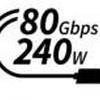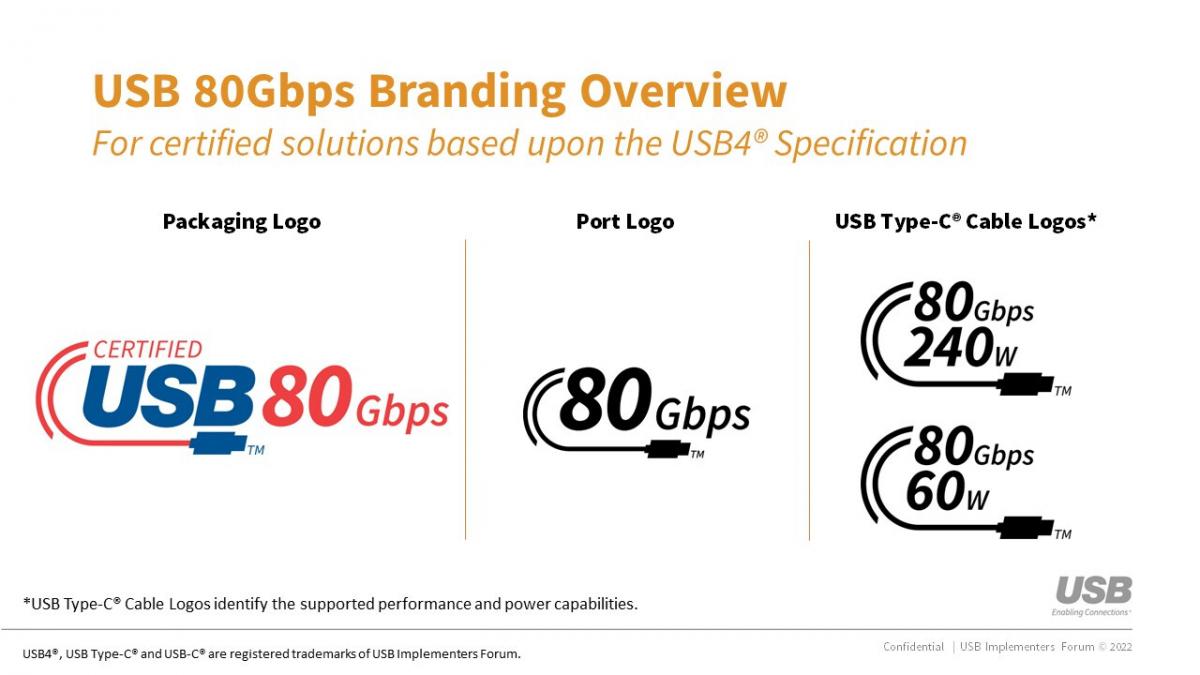The USB4 Version 2.0 specification is a major update to enable USB 80 Gbps performance over the USB Type-C cable and connector. The updated USB4 specification doubles the maximum aggregate bandwidth of USB to the benefit of higher-performance displays, storage, and USB-based hubs and docks.
"For engineers, USB4 is defined by its multi-protocol tunneling that architecturally differentiates it from its predecessors - USB 3.2 and USB 2.0," said Brad Saunders, USB-IF Board Chair and CEO. "This updated technical specification extends USB4 speed and data protocol performance, enabling manufacturers to develop products that can deliver USB 80 Gbps in addition to existing USB 40 Gbps and USB 20 Gbps to end users."
Key characteristics of the updated USB 80 Gbps solution include:
- Up to 80 Gbps operation, utilizing a new physical layer architecture based on PAM3 signal encoding, over existing 40 Gbps USB Type-C passive cables and newly defined 80 Gbps USB Type-C active cables.
- Optionally for certain applications, such as driving very-high performance USB4-based displays, the USB Type-C signal interface can be configured asymmetrically to deliver up to 120 Gbps in one direction while retaining 40 Gbps in the other direction.
- Updates to data and display protocols to better use the increase in available bandwidth
- USB data architecture updates now enable Enhanced SuperSpeed USB data tunneling to exceed 20 Gbps.
- Aligns with DisplayPort Revision 2.1 and PCI Express Revision 4.
- Backward compatibility with all previous versions of USB.
Guidelines for identifying certified USB 80 Gbps solutions and cables will follow the new unified USB-IF branding and marketing program. As a reminder, USB specification names and technical terminology are not intended for use when describing USB capabilities to end consumers.
USB Developer Days 2022 will include detailed technical training covering the latest updates to the USB4, USB Type-C and USB PD specifications.


